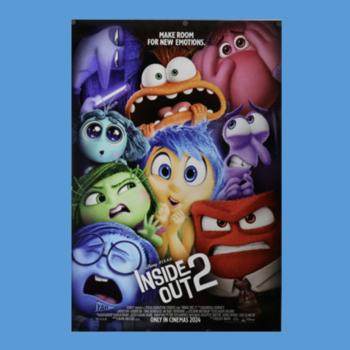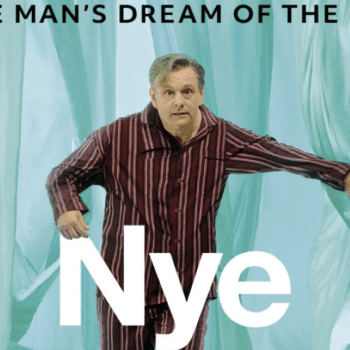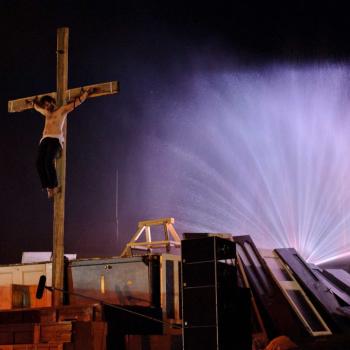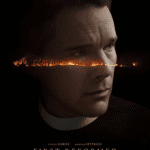Actor Rutger Hauer died July 19, 2019, at the age of 75. He was known for his versatile work in both film and television. But it was his singular role as Roy Batty, a Replicant hunted by Blade Runner Rick Deckard (Harrison Ford) that not only defined his acting career but helped capture the devotion of a generation of Blade Runner fans.
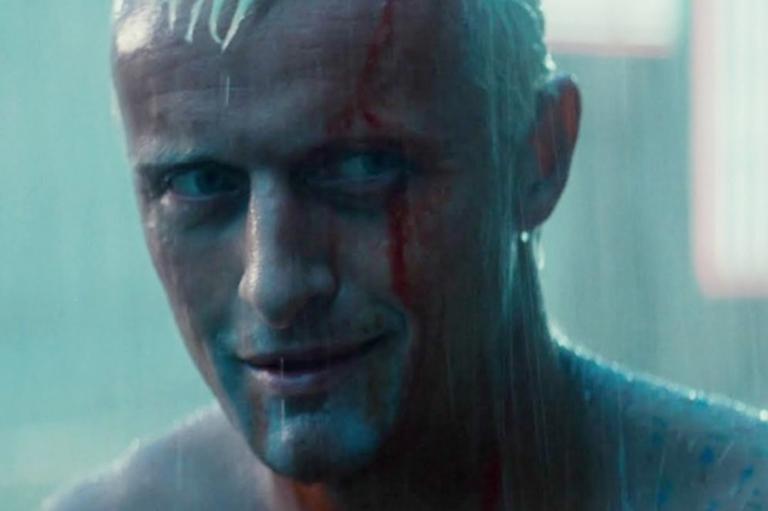
Released in 1982 and directed by Ridley Scott, the dystopian sci-fi movie Blade Runner is set in 2019 Los Angeles where the rain never ceases and the sun is always shrouded by a thick curtain of smoggy clouds. The film, loosely based on Philip K. Dick’s novel, Do Androids Dream of Electric Sheep, tells the story of a small group of rogue androids – “more human than human” – who possess superhuman strength and intelligence.
Replicants were engineered to copy humans in all ways save one – they lack emotions. But in time, they do, in fact, develop feelings, and thus self-awareness. When they come to realize they are nothing more than slaves for the humans in the Offworld Colonies, they do everything they can to escape and secure their freedom (including killing humans if necessary). Thus, they are deemed “illegal” on Earth.
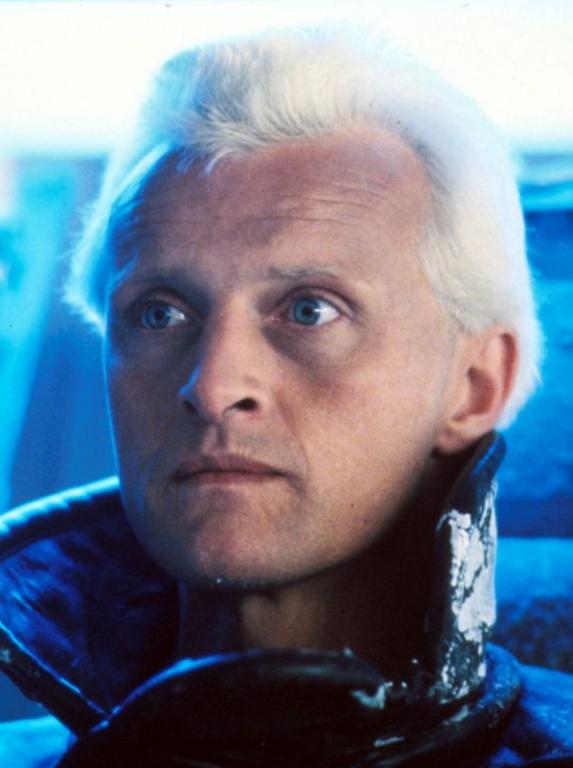
Hauer’s character, Roy Batty, is the leader of these Replicants who return to Earth seeking a way to prolong their pre-programmed four-year lifespan. “I want more life!” he demands of his creator, Eldon Tyrell. But in fact, his character packed more life into his four short years – and Hauer packed more life into this one role – than many ever achieve.
What Hauer captured in this character was the full scope and depth of human emotion. From raw brutality and cold-blooded violence with his opponents to tenderness and romantic, lustful passion with his beloved, Pris. From swaggering bravado to pouting childlike remorse (“I’ve done questionable things.”). From playfulness with Pris and JF Sebastian to howling grief when he finds Pris murdered by Deckard.
At one point, he slightly misquotes a line from William Blake’s 1793 mythological narrative poem, America A Prophecy: “Fiery the angels fell. Deep thunder rolled around their shores, burning with the fires of Orc.” The epic poem describing the rebellion of the American Colonies against England becomes the esoteric allusion for describing the rebellion of Replicants against their human masters. Hauer’s delivery is as chilling as the freezing solution used by the genetic eye-maker, Chew, in his laboratory. “If only you could see what I’ve seen with your eyes,” says Roy before leaving him to freeze to death.
It’s the final minutes of the film, however, that have ensconced Hauer as an iconic film legend.
As he pursues Deckard up through the Bradbury building, he feels his hand collapsing in claw-like rigidity, an indication that his body is shutting down. He pulls a nail from a floorboard and shoves it through his palm, forcing his fingers back to life. Pain is what keeps him alive.
Then, as Deckard dangles from the steel beam of a rooftop after missing his jump across the chasm, Roy appears holding a white dove. He jumps across to Deckard with ease and watches his hunter struggle to hold on.
“Quite an experience to live in fear, isn’t it? That’s what it is to be a slave.”
Then, just as Deckard’s hand slips, Roy reaches out and grabs him – with his nail-pierced hand.
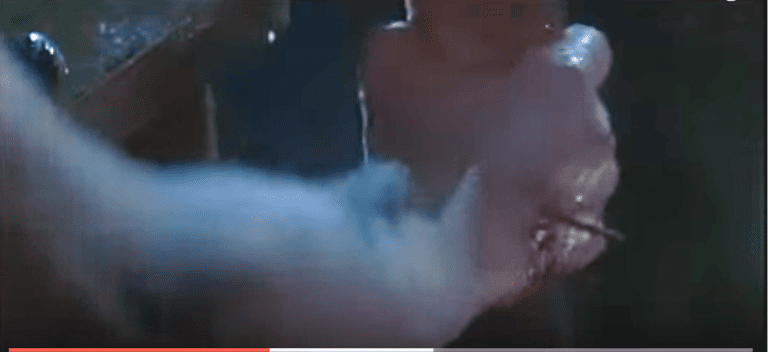
He lifts up Deckard and swings him onto the roof in a final act of mercy for the man who had killed his friends and intended to kill him.
In that moment, Roy becomes a Christ-like figure, his hand reminiscent of Jesus’s own hand nailed to the cross. The crucifixion was a saving act. And Roy’s stunning last act – saving Deckard when he did not at all deserve saving – is a powerful scene of grace.
He then delivers one of the most heart-wrenching monologues in movie history, ending with these famous words:
“All those moments will be lost in time, like tears in rain.”
But seeing these words in no way captures the heart-wrenching pathos with which Hauer delivers them. His voice is first filled with awe and wonderment as he recalls his adventures: “I’ve seen things you people wouldn’t believe. Attacked ships on fire off the shoulder of Orion. I watched C-beams glitter in the dark near the Tannhäuser Gate.”
Then, as the heaviness of his impending death wells up within in him, he delivers those famous words: “All those moments will be lost in time, like
*voice choking*
tears . . . in rain.”
Pause. A rueful smile.
“Time to die.”
Vangelis’ bittersweet music enfolds the scene as Hauer’s head bows, dripping, and his grip releases. The white dove flutters into the thundering sky, a symbol of baptism, a symbol of the breath of life, a symbol of redemption.
I was a young teenager when I first watched this movie in the mid-80’s. The sweet anguish of that scene was, and continues to be, a defining moment for me. The truth of his words filled me with unspeakable sadness. Our tears are, indeed, indistinguishable from rain. And no matter how we try, the fact is that when we die, our experiences, all we have thought and felt – all of it will wash away with us at the time of our deaths.
This self-reflective awareness of finitude is one of the things that makes us human. Hauer captured the soul-piercing poignancy of this realization in a moment that is miraculously preserved on film. It is a moment that has been viewed by millions of people who resonate with this drenching portrayal of what it means to be human.
Of course, these moments, too, will eventually be washed away. But for a few fleeting minutes, for perhaps a few fleeting lifetimes, those tears will glide to our lips and we will taste the watery saltiness of who we are.
Thank you, Rutger Hauer, for your gift of tears in rain.

Leah D. Schade is the Assistant Professor of Preaching and Worship at Lexington Theological Seminary in Kentucky. Her essay “Skin Jobs and Snow Jobs: Blade Runner 2049 as Cli-Fi Noir and Race Erasure” is included in the edited volume Cyberpunk Nexus: Exploring the Blade Runner Universe (Sequart, 2018). In the book Blade Runner 2049 and Philosophy: This Breaks the World (Open Court, 2019) she co-authored the essay “Less Human than Human” with Emily Askew exploring the concept of illegality in the Blade Runner movies from the perspective of immigration.
Leah is also the author of Preaching in the Purple Zone: Ministry in the Red-Blue Divide (Rowman & Littlefield, 2019) and Creation-Crisis Preaching: Ecology, Theology, and the Pulpit (Chalice Press, 2015).
Twitter: @LeahSchade
Facebook: https://www.facebook.com/LeahDSchade/
Read also:
Blade Runner 2049: 5 Star Review
Blade Runner 2049: Cli-Fi at Its Best
Watching ‘Blade Runner’ (1982) in the Age of Black Lives Matter




